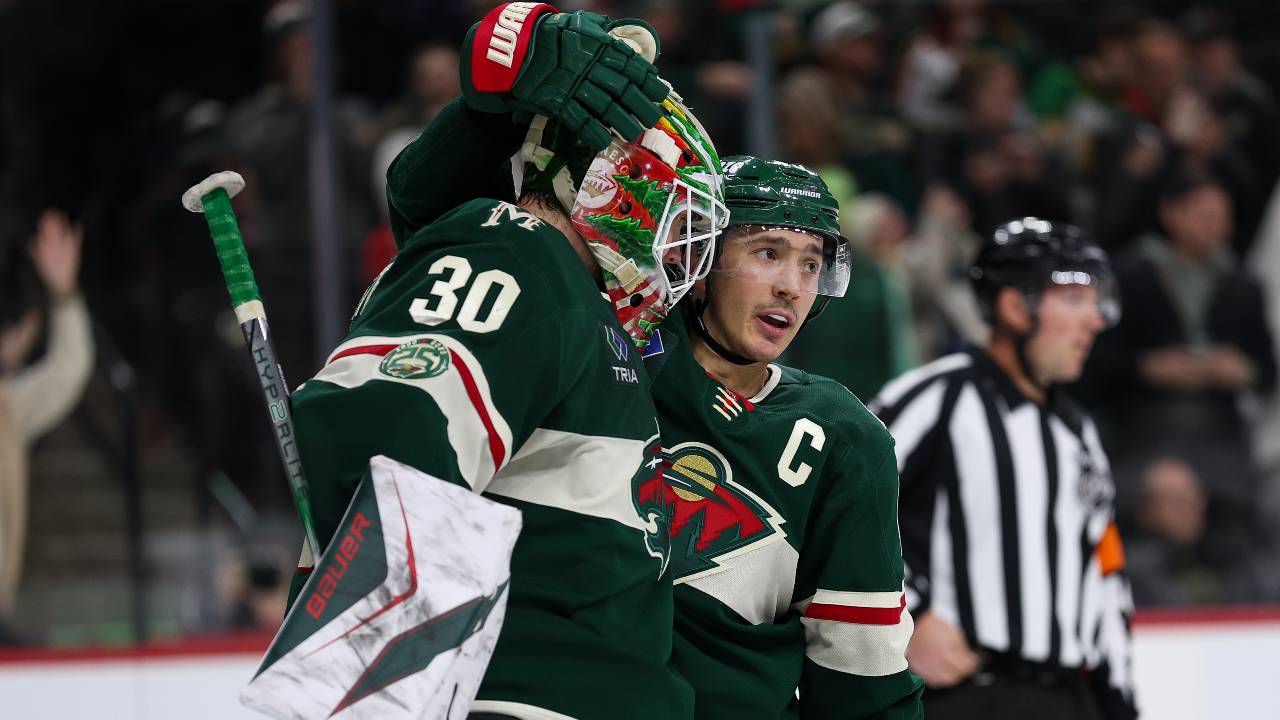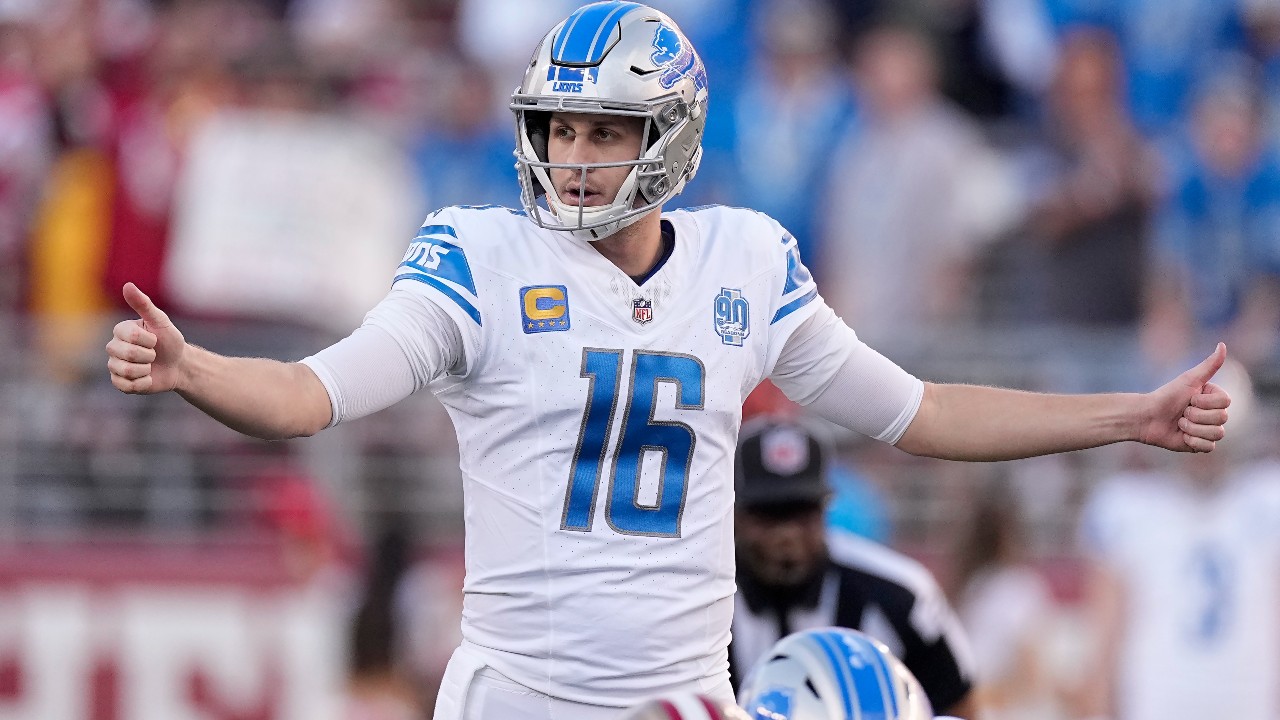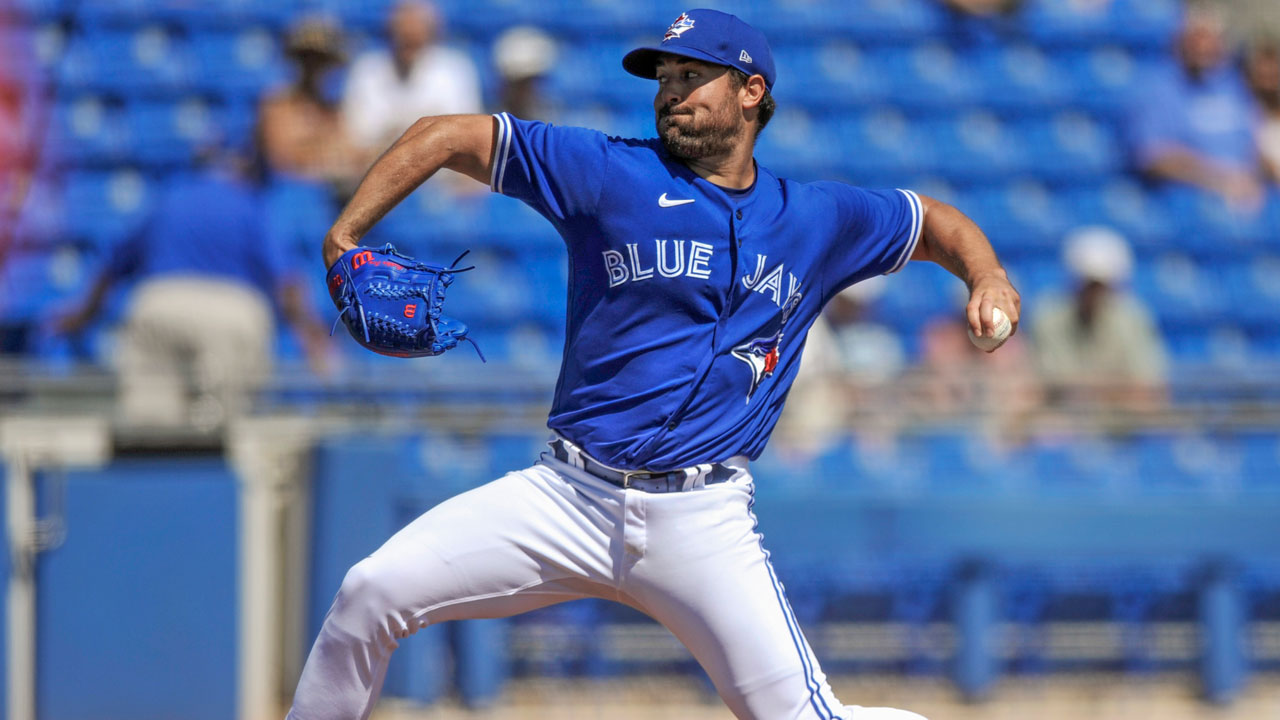
As the Toronto Blue Jays head towards Opening Day, it’s clear they’ve made two significant wagers this off-season.
The first — the addition of George Springer on a statement-of-intent contract — signifies the club’s belief in its young core, and its ability to challenge for a playoff spot now. The second bet is a little subtler, but it’s exceedingly important to the Blue Jays’ chances in 2021.
From their first signing of the off-season (Robbie Ray) to the last free agent they brought in (David Phelps), the team made it clear that they are comfortable treating 2020 as an anomaly and putting far more faith in how players performed in complete seasons, under less extreme circumstances.
That’s a logical stance considering how bizarre last year was from a competitive standpoint — both in terms of small samples and the pandemic’s asymmetrical effects on different players and teams. Adding players who scuffled in a season where that seems less likely to be indicative of their true talent level than any other could be a smart strategy.
Even so, it’s rare to see a team dismiss recent performance so brazenly, which is what the Blue Jays have done — particularly when it comes to their pitching. In 2020 the quintet of Ray, Phelps, Steven Matz, Kirby Yates, and Tyler Chatwood combined for 126.1 innings of 7.36 ERA ball. In 2019, that group provided 506.1 innings with an ERA of 3.77, almost literally half of last year’s number.
From a value standpoint, the difference between the two years is massive, even on a rate basis.

Chatwood stands out as an exception to the rule here, but these WAR numbers are derived from FIP, which ignores the quality of contact against. In 2019 Chatwood had some very promising numbers limiting hard contact and barrels…
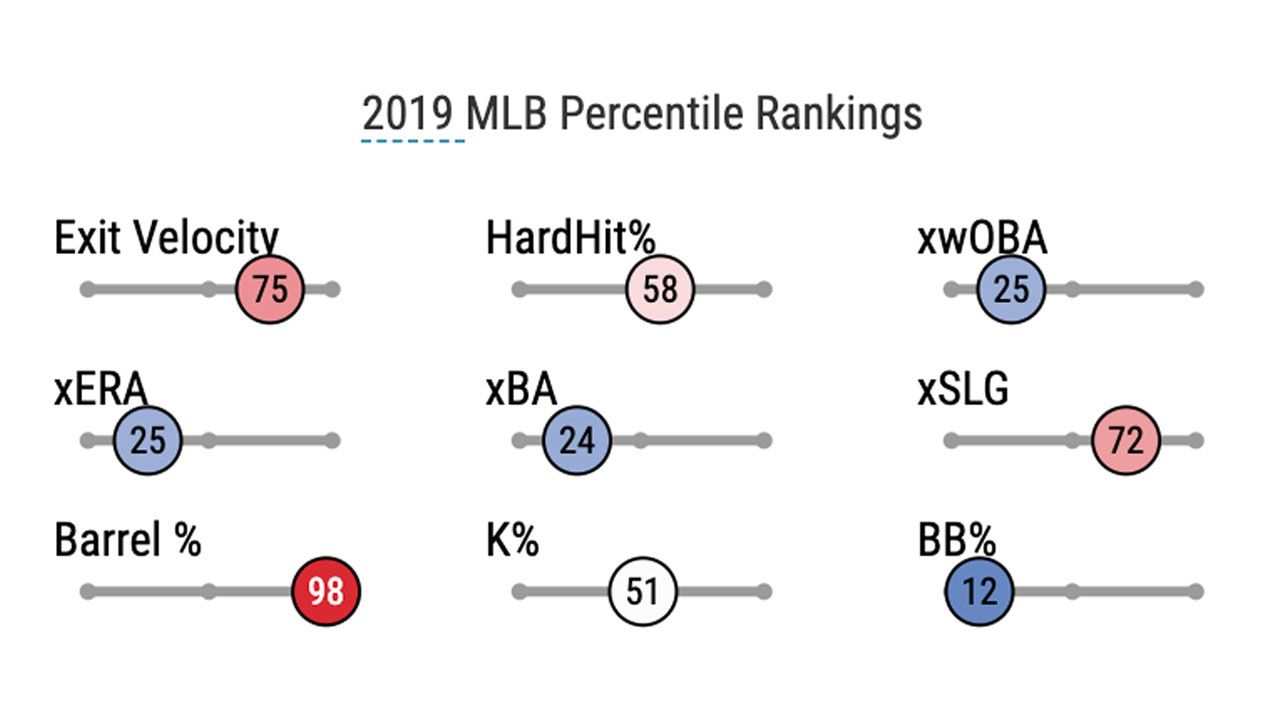
Last year, not so much:
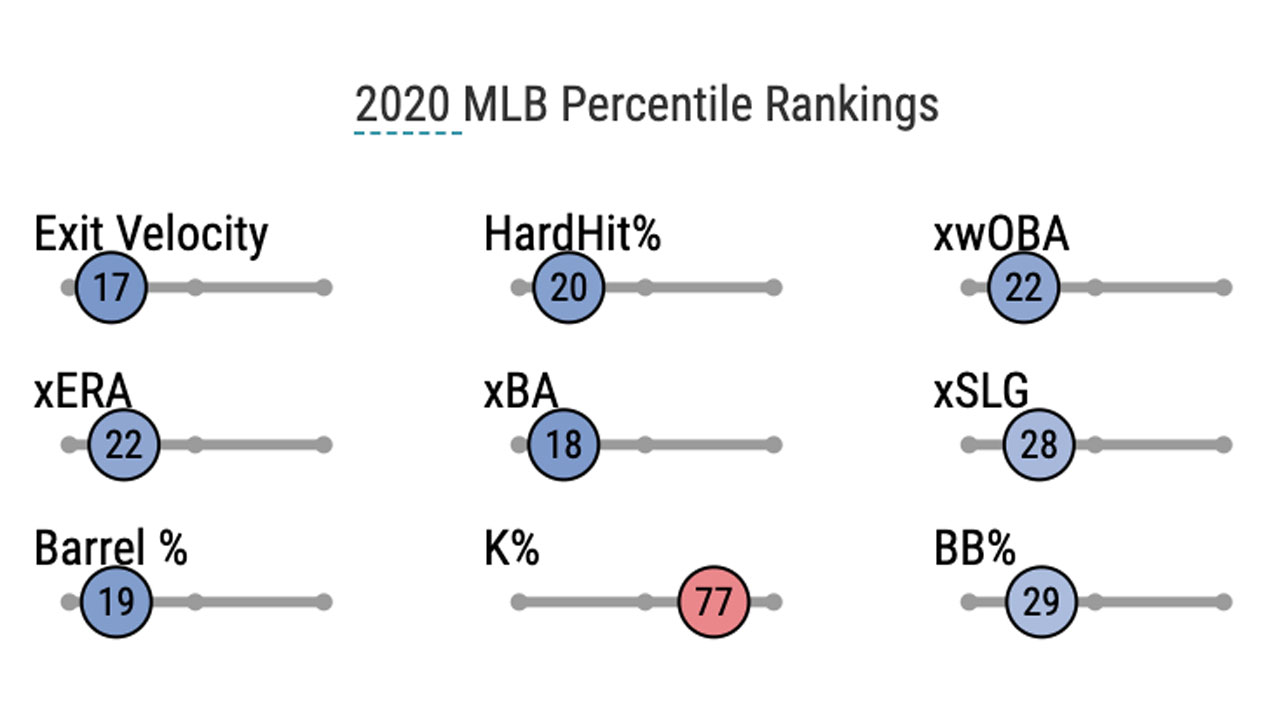
Those numbers, combined with a 5.30 ERA, make it hard to argue Chatwood pitched better in 2020, even if he missed more bats. You could have a philosophical debate about which pitching performance is more valuable, but it’s tough to describe the Blue Jays’ acquisition of Chatwood as buying high.
Not only are the Blue Jays counting on bounce-backs, they’re counting on them immediately. Every pitcher listed above is under team control for a single year, which means they need to instantly right the ship after a rough performance in order to provide any value. Put another way, if this group does what it did in 2020, this club will have spent approximately 17.7 per cent of its payroll extremely unwisely, and hamstrung its playoff chances.
Although Springer is in a category of his own due to a strong 2020 (for what it’s worth, he was slightly better in 2019) and a long-term contract, the Blue Jays are in a similar situation with Marcus Semien.
While a repeat of last season wouldn’t be a disaster from the team’s perspective, the $18 million deal they signed the 30-year-old to indicates they’re hoping he can recapture some of what made him a serious MVP candidate in 2019, even if he doesn’t make it all the way back. The contract the Blue Jays gave him wasn’t “second baseman who with a slightly worse than league-average bat” money, especially in a soft pandemic-affected market. The last primary second baseman to top Semien’s AAV on a free agent deal was Robinson Cano back in 2013.
None of that is to say the signing was a poor decision. Semien projects to be a 3-4 WAR player in 2021, he should excel defensively at second, and you couldn’t ask for more in terms of intangibles. The Blue Jays are unlikely to regret bringing him in.
[radioclip id=5096731]While Kirby Yates’ Tommy John surgery means his deal was a bust for the Blue Jays, there’s reason to be optimistic with everyone else they acquired. Despite suffering a bruised elbow that will cost him at least one start, Ray exceeded expectations during spring training, as did Matz and Chatwood. Even Phelps looked sharp and missed more than his fair share of bats.
It’s entirely possible that the Blue Jays have successfully managed to retool their pitching staff at an inexpensive rate while throwing more significant money at position players to load up their young lineup. No one would be shocked if Semien turned out to be a steal, either.
The other side of that coin is that the players this team invested in, apart from Springer, were available for relatively modest prices for a reason. If there wasn’t a risk that Ray has lost the strike zone forever, or Semien’s 2019 was an outlier, they wouldn’t have been available on one-year deals. If Matz were a sure bet to provide 150 solid innings, the Blue Jays wouldn’t have snapped him up for a song.
It remains to be seen how well breakouts, and dips, in player performance carry over from a shortened 2020. Although the Blue Jays have guys like Teoscar Hernandez and Rowdy Tellez who they’d like to see continue their momentum, their off-season shopping shows they aren’t putting an emphasis on last year’s performances.
While sidestepping recency bias seems like a sound strategy, the Blue Jays are making a giant bet on their own ability to help these newcomers course correct.




